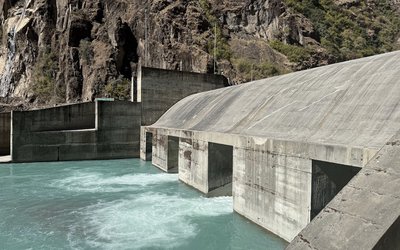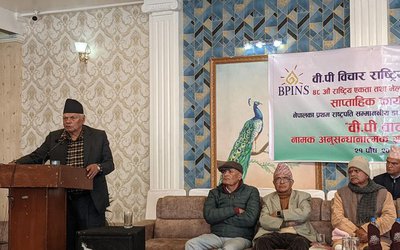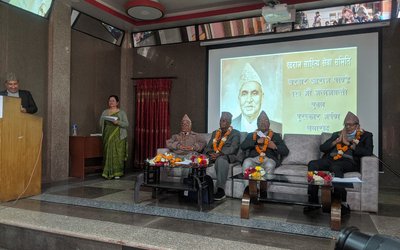More on Review





Three decades ago Dr Mirgendra Raj Pandey with the help of young doctors and health workers showed that indoor pollution in the homes due to open hearths was a major cause of ill health in Nepal. Changes were made in constructing better chimneys and smokeless “chulos”. People were able to breathe better as a result. However the problem of open fireplaces in homes persists and continues to wreak havoc. Nearly 2 million people die prematurely in the developing world due to indoor pollution. Recently Hilary Clinton has taken up this cause by trying to help introduce more efficient, inexpensive and user friendly stoves in village homes in the developing world. The program will be headed by the United Nations Foundation which is a charity.
Sadly, even today one of the most important problems we see in the hospitals in Nepal especially in the winter time is chronic obstructive lung disease ( COPD). Visit any medical ward in Nepal and almost every other bed has a COPD patient. Once the patient has the full blown disease, it is game over because doctors cannot do much at that stage. Prevention is better than cure applies very clearly to COPD.
The most intriguing finding from Dr Pandey’s early work in the villages in Jumla, rural Kathmandu, and the Terai was that women had significant amount of COPD which lead to early heart failure and death. This catastrophe happened notwithstanding the fact that women smoked far fewer cigarettes/bidis/tamakhu than men. In these women there was an obvious co relation of the excessively high prevalence of COPD and hours spent cooking with firewood and cow patties in soot filled kitchens. Relatively young woman in their forties suffer from this disease if they cook in the smoky atmosphere year in and year out. Amazingly these women some of whom smoke only 3 or 4 cigarettes a day have lungs that resemble four pack a day smoker of a veteran’s hospital in the US. This is the additive effect of using firewood and “ghuita” for cooking.
This exposure to the deadly smoke in the home continues in Nepal. Cigarette smoking and atmospheric pollution have not helped. But women in Nepal as in many parts of the developing world continue to cook in open hearths. Besides COPD, a whole host of other problems are caused by smoky homes and open fireplaces: eye problems, heart problems, lung cancer, pneumonia, and burn injuries especially in children playing around the open hearth. The burn injuries are especially tragic as, if the child survives, the initial injury may lead to burn contractures of the surrounding area of the skin and require “release” operations which may not happen in a village setting in Nepal.
Many villagers are averse to change because they feel the smoke filled homes provides warmth in the winter and termite prevention from eating away the roof of the house. So, dealing with these possible misperception and fears will be as important as installing a new stove or chimney. Otherwise projects of this kind are bound to fail regardless of their good intentions.





